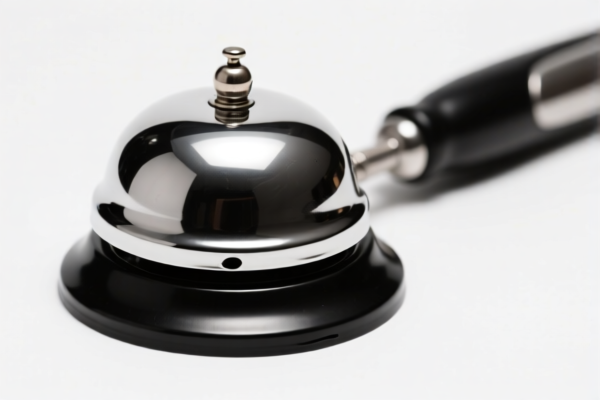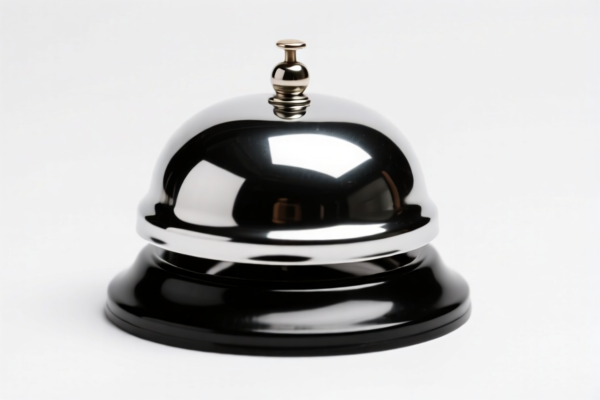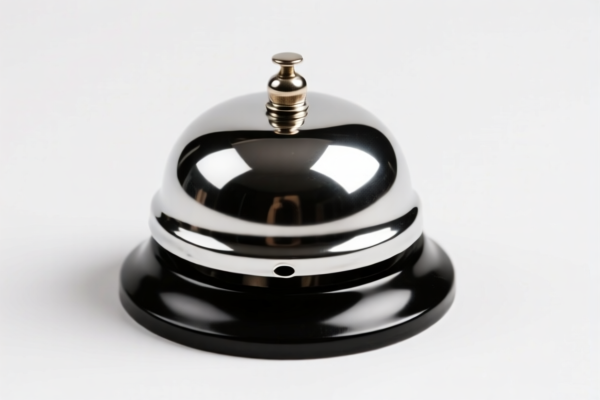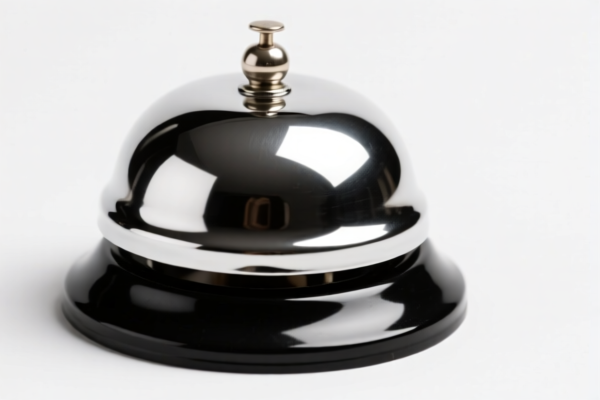| HS Code | Official Doc | Tariff Rate | Origin | Destination | Effective Date |
|---|---|---|---|---|---|
| 8712004800 | Doc | 66.0% | CN | US | 2025-05-12 |
| 8712005000 | Doc | 3.7% <u></u>+55.0% | CN | US | 2025-05-12 |
| 8714998000 | Doc | 47.5% | CN | US | 2025-05-12 |
| 9506910030 | Doc | 42.1% | CN | US | 2025-05-12 |
| 9503000090 | Doc | 30.0% | CN | US | 2025-05-12 |
| 9503000071 | Doc | 30.0% | CN | US | 2025-05-12 |




Bike Bells
Bike bells are signaling devices used on bicycles to alert pedestrians, other cyclists, and motorists to the cyclist's presence. They are a safety component, enhancing visibility and communication in traffic and shared paths.
Material
Bike bells are constructed from a variety of materials, each influencing their sound characteristics, durability, and cost:
- Brass: Traditional material, known for a clear, resonant ring. More expensive, often found in higher-end bells. Susceptible to tarnishing but can be polished.
- Steel: Durable and affordable. Produces a bright, relatively loud sound. May be prone to rust if not coated.
- Aluminum: Lightweight and corrosion-resistant. Sound quality is generally less resonant than brass or steel.
- Plastic: Lightest and most affordable option. Sound quality is typically the least clear and may not carry as far. Often used in children's bells or as a secondary bell.
- Titanium: Lightweight and extremely corrosion resistant, offering a unique sound. More expensive.
Purpose
The primary purpose of a bike bell is to increase safety by:
- Alerting others: Notifying pedestrians and other road users of a cyclist approaching, especially when overtaking or approaching from behind.
- Communicating intent: Signaling a desire to pass or warning of an upcoming presence.
- Legal compliance: Required by law in some jurisdictions.
Function
Bike bells operate via a mechanical striker impacting a resonant dome or surface.
- Lever-activated: The most common type. A lever, typically mounted near the handlebar grip, is squeezed to activate the striker.
- Twist-grip: Activated by twisting the handlebar grip.
- Button-activated: A button is pressed to trigger the bell.
- Electronic: Uses a battery-powered sound emitter. Offers a variety of sound options and adjustable volume.
Usage Scenarios
- Urban cycling: Essential for navigating city streets with pedestrians and traffic.
- Shared paths: Alerting walkers, runners, and other cyclists.
- Mountain biking: Warning hikers or other trail users.
- Commuting: Increasing visibility and safety during daily commutes.
- Group rides: Communicating within the group.
Common Types
- Ding Bells (Classic Bells): Brass or steel dome bells producing a clear "ding" sound.
- Spur Cycle Bells: High-quality brass bells known for a loud, resonant, and sustained ring.
- Crane Bells: Similar to ding bells, often with a more refined aesthetic.
- Electronic Horns: Battery-powered, offering louder and variable sound options. Often include features like flashing lights.
- Clip-on Bells: Simple plastic bells designed for easy attachment to handlebars or seatposts, commonly used by children.
- Handlebar-integrated Bells: Bells built directly into the handlebar, offering a clean aesthetic.
Bike bells fall under the category of parts and accessories for vehicles, specifically bicycles. Here's a breakdown of relevant HS codes based on the provided information:
- 8712.00.48.00: This HS code covers “Other bicycles”. While this broadly refers to the bicycle itself, bike bells are considered accessories for bicycles. The basic tariff is 11.0%, with an additional surcharge of 25.0%. After April 2, 2025, the surcharge increases to 30.0%, resulting in a total tariff of 66.0%.
- 8714.99.80.00: This HS code specifically covers “Parts and accessories of vehicles of headings 8711 to 8713: Other: Other”. This is a more precise classification for bike bells as accessories. The basic tariff is 10.0%, with a surcharge of 7.5%. After April 2, 2025, the surcharge increases to 30.0%, resulting in a total tariff of 47.5%.
It is important to note that the total tariff rate will depend on the specific date of import. After April 2, 2025, the additional surcharge will be higher for both HS codes.
Customer Reviews
No reviews yet.